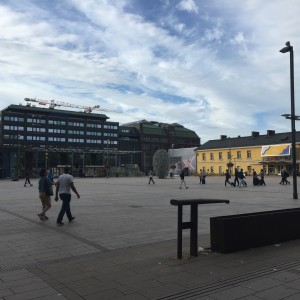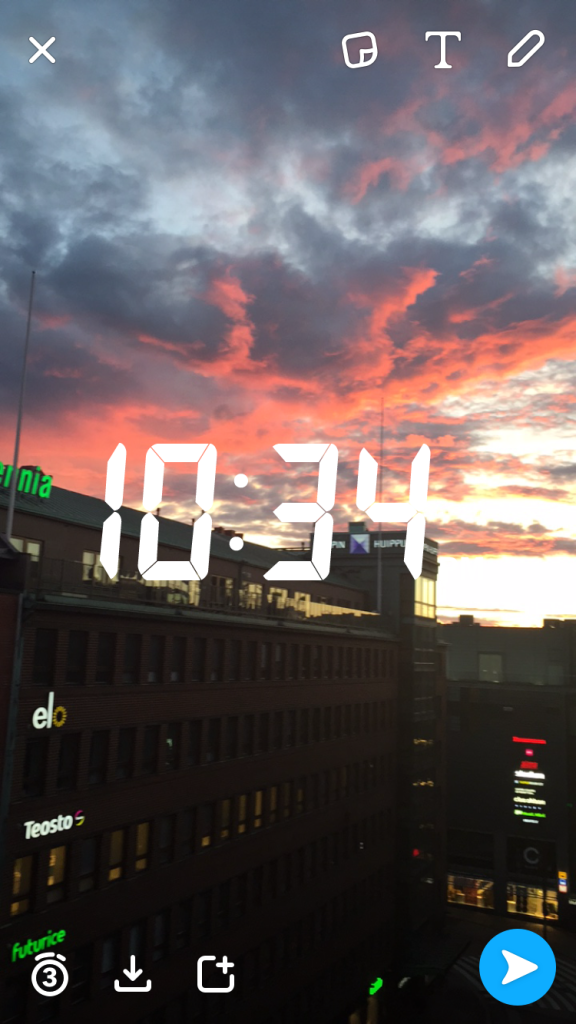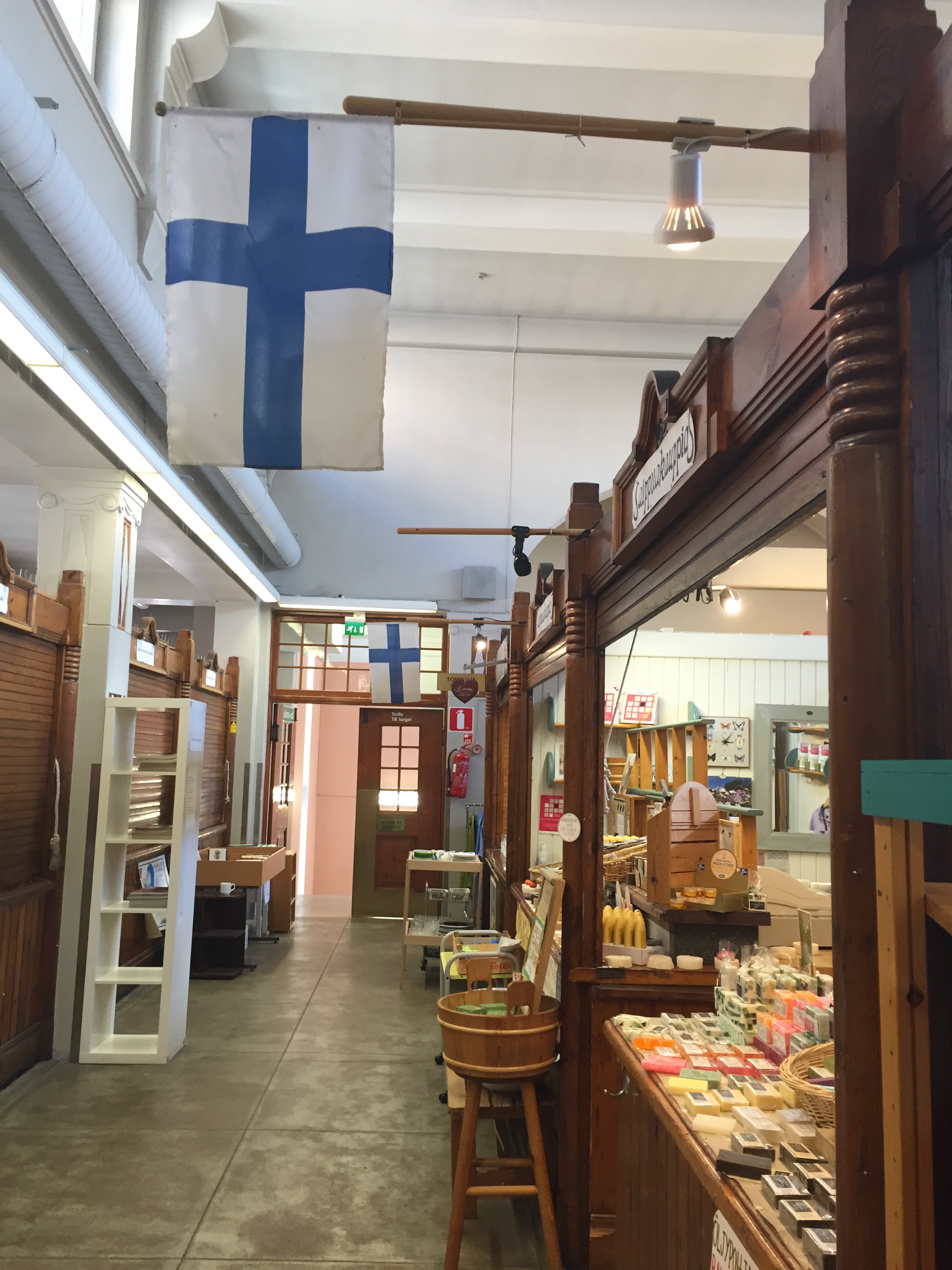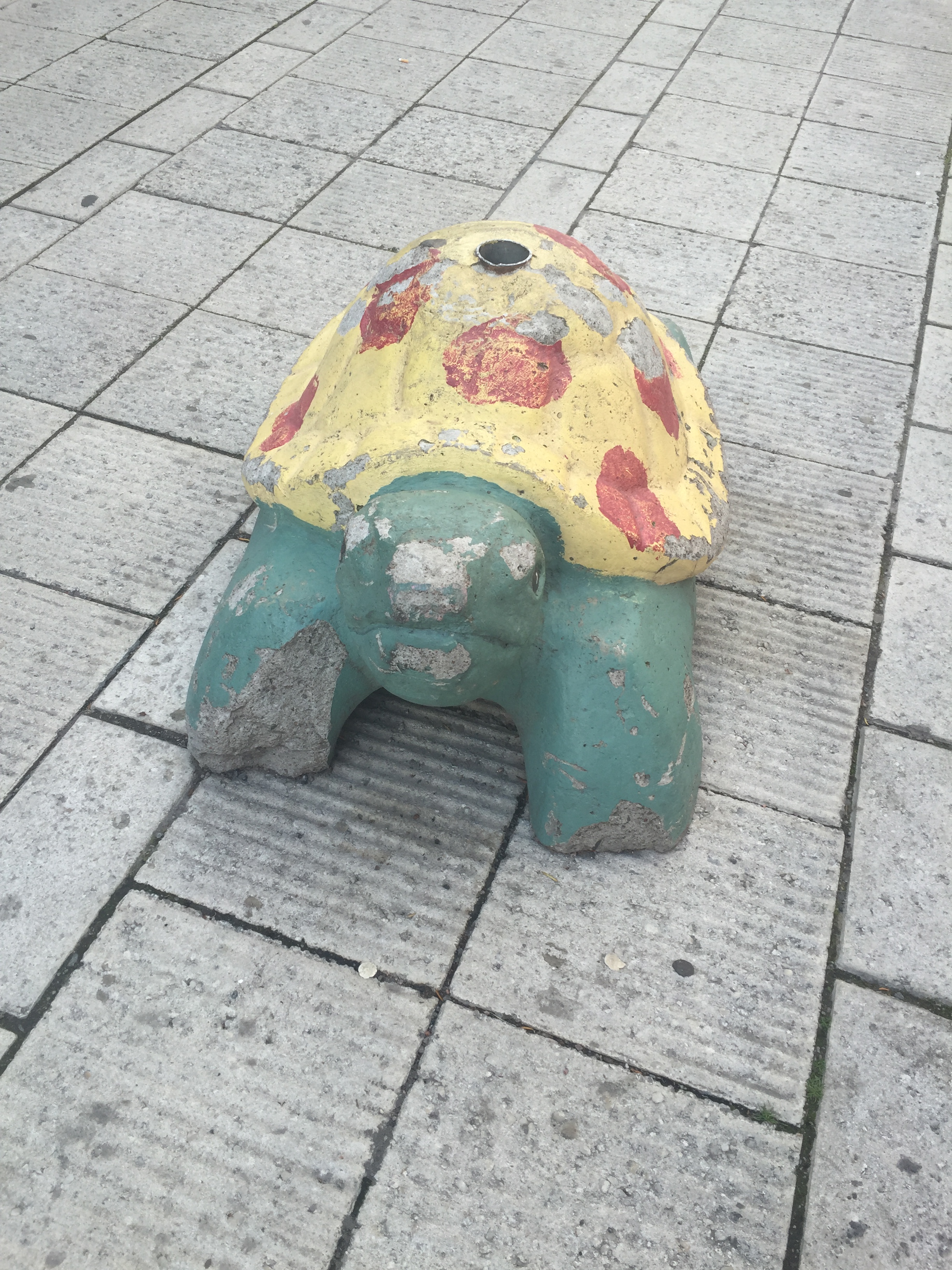Helsinki is a place that is surely fun to say, but I admittedly didn’t know much about before visiting. Normally, when I travel, I like to know something about the place or at least have a couple of friends there that I could lean on for some insider tips. This time I was flying blind. I literally knew almost nothing about Finland or let alone Helsinki. Aside from the fact, the sun sets really late and rises super early in summer. Seriously, it was still light at 10:30pm. The sunsets are breathtaking.
After spending a few days there, it’s actually a really cool, designed city. I later learned it was named the world design capital in 2012. Something that the Finns are quite proud of and for good reason. I would argue the city is designed to build a strong sense of community too.
What do I mean by that? The city planners in Helsinki do a great job of optimizing spaces for informal gatherings and meeting places. You can’t walk more than a couple of blocks before you wind up in an large open space. It’s a city designed for people to “live in public.”

A lot of cities in Europe have big open spaces and streets designed for community. Barcelona comes to mind with all the neighborhood ramblas. The difference between Barcelona and Helsinki is that there are no alleys and back streets to get lost and wind your way through in Helsinki. The city layout is deliberate, where you can always find an easy way to get around in Helsinki yet it doesn’t sacrifice the communal aspects of city living. (Btw, the trams, metro, buses and even the ferry are all integrated).
You can see these communal spaces indoors too. Shopping malls may be dying here in the U.S. But, mall culture is still alive and well in Helsinki. It’s the closest I’ve seen anywhere in Europe to the mega mall culture in Thailand. There are malls and market halls everywhere. The ground level of these malls are also usually metro and bus stops. I suspect the long harsh winters are the reason for all the indoor malls and gathering spots. I mean who wants to stand in -10 Celsius weather waiting for a bus or train? But, malls are deliberately designed as gathering spots.
The final thing is that even some of the art helps build community. There are turtle sculptures all over the city. After I saw a few, I had to figure out why the entire city had a seemingly collective turtle fetish. It turns out these turtles were created by a Finnish artist to act as traffic cones or barricades. It was meant to encourage more people to walk and ride bikes instead of drive cars. Not only is this good for the environment, but it also helps create more shared, collective experiences and serendipity among Finns.
As a community manager, there’s a lot we can learn from how deliberately this city is designed. At the core and highest-level, community boils down to relationships/connections and shared experiences. As I get deeper into this industry, the more I realize how much design and our overall environment plays a part in creating a strong sense of community. This applies both on and offline.
I think the impact of design is much bigger than many realize. I opened up this blog post sharing details from my trip to Helsinki and how that city is destined for residents to have a strong sense of community. Then, take a city like NYC (a place that I personally lived in for 2 years). NYC has millions of people and should have one of the strongest communities if you look just at size. However, it’s no secret that NYC has a loneliness epidemic. New Yorkers are loosely connected to 100s even 1000s of people everyday. The number of New Yorkers who are single as well as the number who self-identify as “lonely” or “depressed” on occasion is way above average. If you really think about it, the layout and design of the city is not designed for community to thrive. NYC is an extreme example of a grid layout built for efficiency. You travel to where you work, where you live, maybe one or two other areas to hang with friends or run errands, but you never have to leave that immediate bubble. When you add in the “gig economy,” that lets you outsource more of your errands (laundry, food delivery, groceries, etc). You can live the majority of your life in private. The exact opposite of places like Helsinki and Barcelona. On the surface, NYC life seems great and super appealing. You mean I don’t have to waste an hour a week at the laundromat. However to quote Poppy Liu, Founder of Pure House, community is built on the messy stuff. In order for communities to thrive, you can’t just show up when you want to be present and ready. You have to be authentic, vulnerable and willing to show some of the raw stuff. The best places to develop relationships and a sense of community are places where serendipity can easily happen or where people have idle time like laundromats, public parks, gyms, and even the grocery story (before we had smartphones to turn to in the checkout line).
That’s just as true online as it offline. While you can’t manufacture or fake authenticity or vulnerability in a community, you can certainly use design to influence it. And, make it easier for people to have shared, meaningful experiences which breeds connection and trust. It isn’t easy and takes time, but there are multiple ways to build this:
–What’s online equivalent of running into someone at a park and then grabbing coffee together?
–What’s your community’s turtle sculptures? A symbol that is really only known to people within your community and not by outsiders.
The overall community design needs to create meaningful experiences that both let people be individuals and get things done efficiently on their terms but also provide ample opportunities to get to know and connect with others on a deeper level. Everyone in the community should feel like they are a part of a purpose that is bigger than themselves.




[…] The reality is travel is my chosen way to get out of my comfort zone on a routine basis. Any new experience I have forces me to be more adaptable, hear and understand new perspectives, be more creative and think more critically. All of these things have helped me become a better community manager. For example, I’ve have had multiple revelations and epiphanies about building and managing communities from travel experiences, but I’ve only shared one on this blog. It was how a recent trip to Helsinki changed my perspective on community design. […]